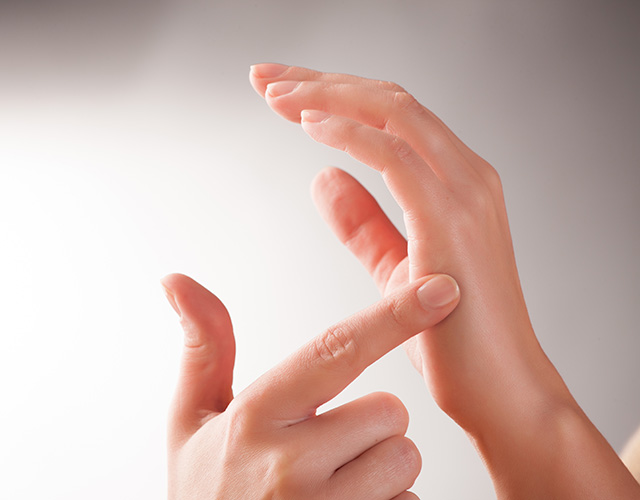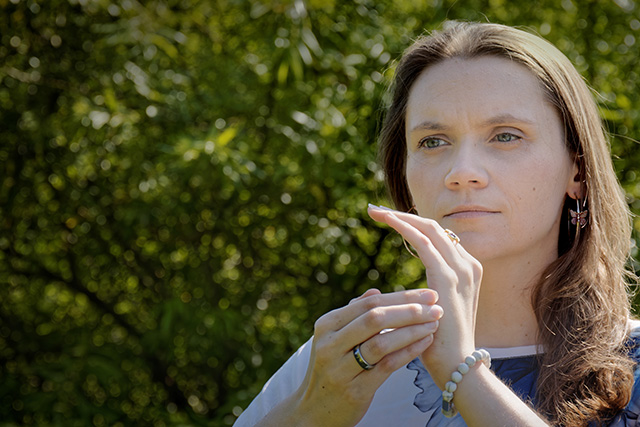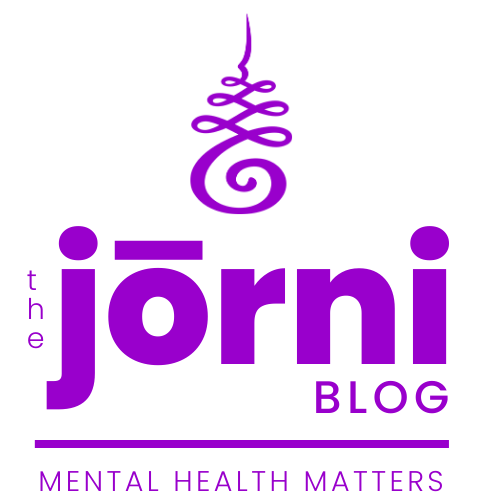Emotional Freedom Technique and meditative breathwork
Combining two amazing healing techniques
Even before the global pandemic, it became apparent that with our busy lifestyles and increasing stress, we needed to address our emotional wellness. Usually physical pains catch our attention first. You cannot ignore a throbbing headache or an aching back. But mental health really is the key to the mind-body connection and our overall wellbeing.
There are many options to choose from when embarking on your mental health journey. EFT (the Emotional Freedom Technique) and meditative breathwork are two amazing techniques.
They are easy to learn and have wonderful benefits for your physical and mental health.
In a recent podcast episode, I interviewed the amazing wellness coach and energy healer, Jennifer Caputo. Jennifer spoke about combining EFT and meditative breathwork and the incredible effects they can have. Whether you are working on physical pains or supporting your mental health, these techniques are an amazing addition.
“Breath is the bridge which connects life to consciousness, which unites your body to your thoughts.”
- Thich Nhat Hanh
I first learned about TFT and EFT some time ago when I was exploring ways to alleviate migraines. My curiosity quickly turned into a serious interest. I discovered EFT could be used for anything from low mood, to helping with anxiety and stress, and even working to relieve the pain in my broken foot.
TFT - Thought Field Therapy
TFT is the original tapping technique also called the Callahan Techniques. Meridians, or certain pressure points of the body, are tapped in a certain sequence, to provide relief from a variety of ailments. It is thought that the stimulation of these pressure points can balance the flow of energy by sending impulses to the areas of the brain associated with stress and fear.
TFT is similar to acupuncture in the way that it uses energy points in the body. While tapping, you are asked to focus on the thoughts that are causing distress. There are specific pressure points on the body associated with each issue that we experience. As a TFT practitioner, you learn about these specific points and the tapping sequence to help with each issue.

TFT was developed by Roger Callahan, an American psychologist who believed in combining eastern tradition and modern psychotherapy. He proposed that the key lies in ancient Chinese medical practices, such as acupuncture and acupressure. Callahan believed that there is an internal energy system that is disturbed every time we are under stress, and it can be balanced using this technique.
Many practitioners who use TFT have reported positive changes in their emotional health; however, it should be noted that there is no scientific backing for Callahan’s claims. As is the case with many techniques, some people may find it works great for them, while others find it makes no difference in their experience of mental or physical ailments. This is why I would always advise to try it for yourself with an open mind and a good dose of common sense.
EFT Tapping - the Emotional Freedom Technique
EFT is an offshoot of Callahan’s TFT. It was created in 1995 by Gary Craig and was disseminated freely and at no charge to the public. Initially, EFT was done by tapping on the acupuncture meridians, but has evolved into other methods, including Optimal EFT. The traditional EFT that involved tapping on the energy points is now called Gold Standard EFT.
EFT has been examined in several scientific studies. These studies have shown that EFT can positively affect health and mental wellbeing (Bach et al., 2019). In contrast to TFT, EFT is considered an evidence-based self-help therapeutic method. It has been found to help with anxiety, depression, PTSD, pain, and cravings. Physiologically, EFT was found to decrease cortisol (the stress hormone) and blood pressure.

How to tap
Many practitioners have found that EFT tapping is very effective in relieving low mood, stress and anxiety. EFT tapping works through the use of tapping “recipes”. These recipes tell you the specific sequence to tap in, depending on what you are wanting to address.
Before tapping, you would assess yourself on a self-report scale. For example, you might find that you feel like an 8 for anxiety. While tapping on the meridian points, you would repeat a sentence that embodies the issue you are working on. After tapping, you would assess yourself again and see if your score of 8 has decreased. You would continue tapping, until your feeling of anxiety has significantly decreased or has resolved.
I like EFT for several reasons. It is easy to learn and you can find all the recipes for free online. It is also painless and non-invasive, which works great for people like me who do not like needles (acupuncture). If you do not feel comfortable tapping yourself, you can always work with a practitioner, until you are comfortable.

Meditative Breathwork
“Take a deep breath” is the most common advice we get whenever we are under stress or going through a tough time. A deep breath has many amazing benefits. But it is about how you connect to your breath that makes a huge difference in holistic healing. And meditative breathwork can easily be combined with EFT for the benefit of both techniques.
Breathwork includes a variety of breathing techniques and exercises that are practiced to regulate breathing. Yoga and meditation practices include breathing exercise, to connect the body and mind. Breathwork refers to the deep belly or diaphragmatic breathing that triggers relaxation responses in the body. There is a wide range of breathing exercises involved in this technique to enhance mental, spiritual, and mental health.
Several studies have been conducted to understand the benefits of breathwork. There are indications that it could help with alleviating depression and anxiety, similar to psychotherapy (Lalande et al., 2011). When we combine the tapping recipes of EFT with the breathing patterns of breathwork, the positive physical and mental benefits can be enhanced.
The Takeaway
EFT and breathwork both show great promise in supporting mental health. Both techniques can be learned and practiced easily. And both modalities are gentle and painless. Whereas some techniques need a private space or extensive knowledge of movements or sequences, EFT and meditative breathwork could really be practiced anywhere, if you needed to.

For example, when I felt a panic attack coming on, I simply found a bathroom (or my car) and tapped there. I didn’t need any equipment to successfully use EFT. Although breathwork is very beneficial when you are laying or sitting down in a calm space, you can also use it anywhere in a pinch. During times of high stress, you can begin breathing patterns no matter where you are.
EFT recipes and videos are available at no charge online. And even though I love working with a certified practitioner, you could learn and practice on your own at any time.
So, even if you don't have a lot of time, or are short on resources, have a look online. You will be able to find videos on YouTube that walk you through tapping. And there is also a lot of information about various breathing techniques to support tapping.
Hopefully tapping will give you another technique to try in your healing journey!
Sources
Bach, D., Groesbeck, G., Stapleton, P., Sims, R., Blickheuser, K., & Church, D. (2019).
Clinical EFT (Emotional Freedom Techniques) improves multiple physiological markers of
health. Journal of Evidence-Based Integrative Medicine, 24, 2515690X1882369.
https://doi.org/10.1177/2515690x18823691
Lalande, L., Bambling, M., King, R., & Lowe, R. (2011). Breathwork: An additional treatment
option for depression and anxiety? Journal of Contemporary Psychotherapy, 42(2),
113–119. https://doi.org/10.1007/s10879-011-9180-6
https://www.emofree.com/
https://thejornipodcast.com/episode-8-the-emotional-freedom-technique-with-jennifer-caputo
